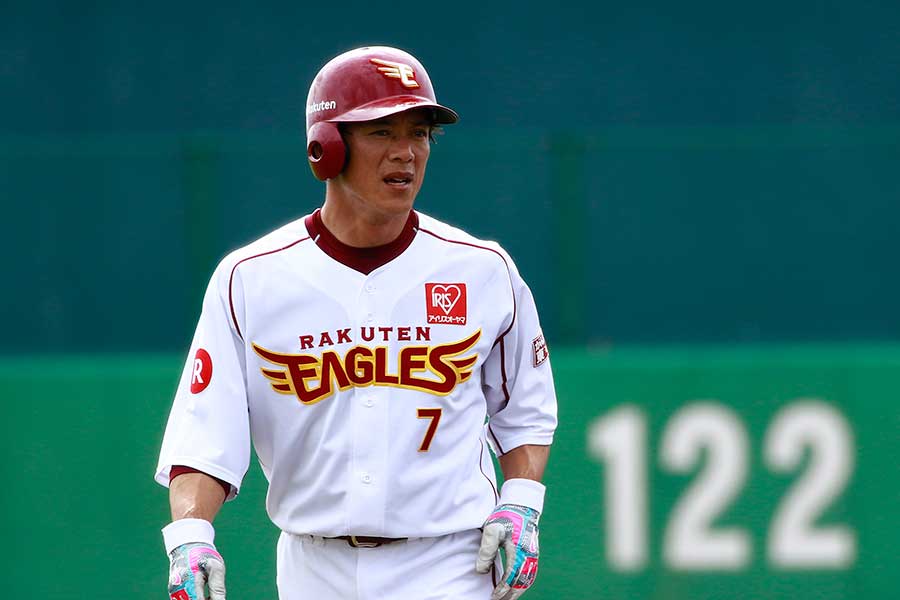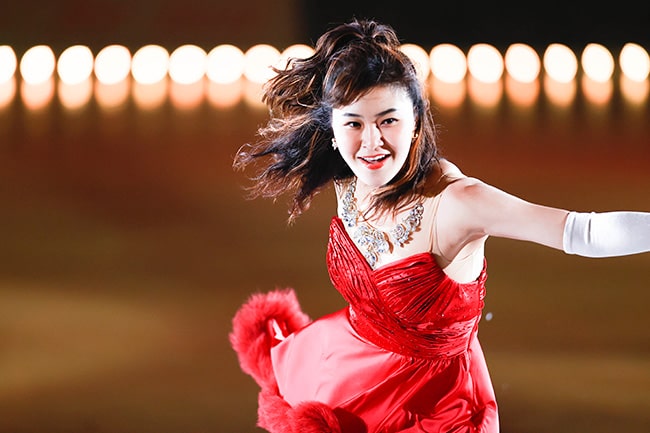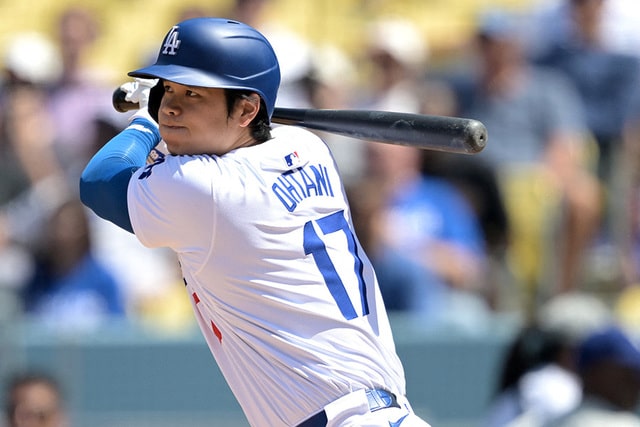
In order to master Kendo techniques, it is essential to understand each technique name and its corresponding movement.
In this article, we will explain in detail the names of various techniques in Kendo, and provide the characteristics of each technique and how to practice them.
By acquiring accurate knowledge of each technique, from beginners to advanced students, we aim to further deepen your Kendo skills and improve your performance in practice, judging, and competitions.
Learning the names of techniques will not only help you memorize the techniques, but will also help you understand the depth and beauty of Kendo more deeply.
Now, let’s begin our journey to discover the names and essence of Kendo techniques.
目次
- 1 Introduction: The importance of Kendo technique names
- 2 Kendo basic technique names and their explanations
- 3 Names of applied techniques and how to practice them
- 4 Kendo Kata and related technique names
- 5 Technique names often used in Kendo examinations and matches
- 6 Summary and how to remember Kendo technique names
Introduction: The importance of Kendo technique names
Learning the names of techniques in Kendo is more than just memorizing names.
Each technique name contains the essence and history of that technique, and is the key to a deep understanding of Kendo.
In this section, we will explain in detail the meaning and necessity of learning Kendo technique names, as well as the outline and characteristics of the techniques indicated by the technique names.
The meaning and necessity of learning Kendo technique names
There are many benefits to learning Kendo technique names. First, the name of a technique serves as a common language to accurately convey the movement.
In the practice room, instructors give instructions using technique names, so unless you understand the technique names, you will not be able to learn effectively.
Also, through the name of the technique, you can understand in what situation the technique should be used and what kind of effect can be expected, deepening your tactical knowledge.
Overview and characteristics of the technique indicated by the technique name
Each technique name refers to a specific attack or defense movement. For example, “men-uchi” is the technique of hitting the opponent’s side, and is one of the most basic attacking techniques in kendo.
From the name of the technique, you can read not only the target area of the technique, but also the detailed characteristics of the technique, such as the appropriate way to hit it and the timing of application.
By learning the names of Kendo techniques, you will be able to understand not only how to perform these techniques, but also the tactical meaning and historical background of each technique, which will lead to more advanced Kendo training.

Kendo basic technique names and their explanations
In Kendo, the names of basic techniques form the basis of practice. Techniques such as Men-uchi, Kote-uchi, and Do-uchi form the basis of Kendo, and mastering these techniques is essential for all Kendo enthusiasts.
In this section, we will explain in detail the names of these basic techniques, how to perform them, and precautions.
Face beating
Men-uchi is one of the most basic attacking techniques in Kendo, and is a technique in which you strike your opponent’s men (head) with a bamboo sword.
When performing this technique, it is important to maintain an appropriate distance.
When performing men-uchi, it is important to look into the opponent’s eyes at the moment of striking and be sure to strike accurately.
In addition, you can avoid your opponent’s counterattack by performing a “hit-and-run” maneuver in which you immediately return to your original position after striking.
Koteuchi
Kote-uchi is a technique that aims at the opponent’s wrist, and this technique requires timing and accuracy.
When performing a kote-uchi, you must predict your opponent’s movements and make sure that your opponent will be in a difficult position to defend before striking.
Things to be careful of are not to lose your posture when performing a kote-uchi, and to quickly move away from the opponent after the strike.
body blow
Dou-uchi is an attack technique performed against the opponent’s torso by swinging the bamboo sword sideways.
The size and speed of the swing are important in order to be successful in hitting the body.
The important things to keep in mind when performing this attack are to make sure that the blow reaches the opponent, and to quickly reposition yourself after the blow in order to prepare for defense.
By correctly understanding the names of these basic techniques and how to perform them, and practicing hard, you will be able to effectively acquire the basic skills of Kendo.

Names of applied techniques and how to practice them
Applied techniques in Kendo develop based on the understanding and mastery of basic techniques.
Here, we will focus on linking techniques and transforming techniques (such as Kaeshi techniques), and explain how to practice each applied technique, as well as the appropriate scenes and effects to use the techniques.
Linking techniques and transforming techniques (e.g. Kaeshi techniques)
Chaining techniques is a way to break through your opponent’s defenses by smoothly combining multiple attacks.
For example, by immediately following a “men-uchi” with a “kote-uchi,” you create an opportunity for the opponent’s reaction to be delayed.
“Kaeshi-waza” as a transformation technique is a technique of parrying the opponent’s technique and using that flow to counterattack.
For example, you may avoid your opponent’s “face attack” and immediately counterattack with a “body attack.”
In practice, it is important to try these techniques repeatedly during practice to develop a feel for different types of attacks.
It is also recommended that you learn practical reactions through sparring before using these techniques in actual matches or judging.
Appropriate usage scenes and effects of applied techniques
Applied techniques are highly effective in specific battle situations. Chaining techniques is effective when your opponent loses their defensive stance after a single attack, and continuous attacks create a chance to gain points all at once.
Kaeshi techniques are suitable for exploiting the moment when your opponent attacks, and by counterattacking by utilizing a series of movements of your opponent, you can outsmart your opponent.
When using these applied techniques, you must always read your opponent’s movements accurately.
The selection and timing of moves is the key to success, so it is essential to understand the flow of the match and anticipate your opponent’s intentions.
This allows you to bring out the true power of applied techniques and secure an advantage in the match.

Kata in Kendo is an important training method for deepening the precision and understanding of techniques.
In this section, we will explain in detail the name and purpose of each technique learned in Kata practice, as well as the continuity and precision of techniques in Kata.
The name and purpose of each technique learned in Kata practice
Kendo kata are organized to systematically learn specific tactics and techniques.
Kata includes many techniques, each of which has a specific tactical meaning. For example, in beginner-level kata, basic techniques such as “men-uchi” and “kote-uchi” are mainly used.
These techniques are important for mastering the basic striking techniques of Kendo.
More advanced kata include more complex techniques such as “Oshimenuchi” and “Hikimenuchi,” which are aimed at increasing the accuracy and timing of the blow.
Continuity and precision of technique in kata
When performing kata, each technique must be executed with a high degree of continuity and precision.
Each technique in a kata should flow naturally and flow from the previous movement.
This continuity is important in actual Kendo combat as well, in order to develop the ability to react quickly and appropriately to the enemy’s movements.
In addition, the precision of each technique requires accurate foot position, appropriate sword swing, and correct body posture.
This emphasizes that kata is not just about performing techniques, but also understanding and internalizing the deep meaning and purpose of each technique.
By accurately memorizing the names of techniques learned through kata and how to perform them, and practicing repeatedly, you can improve your kendo techniques overall.
This detailed training deepens your understanding of Kendo and greatly contributes to the development of techniques in practice and competition.

Technique names often used in Kendo examinations and matches
In Kendo examinations and competitions, specific techniques are frequently used, and the accuracy and appropriateness of the technique are evaluated.
In this section, we will explain the names of techniques that are often used in judging and competitions, and the judging criteria for those techniques.
Introducing techniques that will be evaluated in judging and competitions
In Kendo judging and competitions, the following techniques are commonly used and highly valued:
- Menuchi (Menuchi) : The most basic technique in Kendo, it is the technique of accurately striking the opponent’s face.
- Koteuchi : A technique in which you strike your opponent’s kote (wrist) quickly and accurately.
- Douuchi : A technique in which you strike the opponent’s torso from the side, requiring great size and precision.
- Tsuki : A technique in which a person thrusts in a straight line towards the opponent’s throat and requires extremely high precision.
These techniques are often required in judging and competitions as proof of mastery of the basics of kendo.
Skill name and practical skill screening criteria
The criteria for evaluating techniques in kendo judging and competitions center on understanding the accuracy, power, timing, and appropriate distance of techniques. The judges will evaluate the following factors in detail:
- Accuracy : Does the technique hit the target area accurately?
- Power : Whether the technique is accompanied by appropriate force and the control of that force.
- Timing : How the timing of performing the technique is linked to the opponent’s movements.
- Interval : Whether or not the positioning when performing the technique is appropriate.
Techniques that meet these standards are more likely to receive high evaluations in judging and competitions. When practicing Kendo, it is recommended to hone your techniques while keeping these factors in mind.

Summary and how to remember Kendo technique names
Memorizing Kendo technique names is essential for accurate execution of techniques and deep understanding of Kendo.
This section introduces effective memorization and practice techniques, as well as resources and tools to support learning Kendo technique names.
Effective memorization and practice techniques
Effective ways to memorize Kendo technique names include:
- Associative mnemonics : By associating the name of a technique with the visuals and sensations of the movement, it sticks in your memory. For example, “men-uchi” has a strong image of hitting someone in the face, and it is effective to associate this with the name of the technique.
- Repetitive practice : By practicing the technique name and its movement repeatedly, it will be easier to remember. It is a good idea to practice matching names and movements regularly during daily practice.
- Group practice : Practicing with other Kendo enthusiasts while asking each other about the names of techniques will increase the effectiveness of your learning. The key is to teach and confirm each other.
Resources and tools to help you learn Kendo technique names
Resources to help you learn Kendo technique names include:
- Instruction books and DVDs : Many Kendo instruction books and DVDs include technique names and detailed explanations, allowing you to visually deepen your understanding.
- Online courses : Kendo online courses offered over the internet are especially useful when learning from home. You can learn technique names and movements while watching video demonstrations.
- Smartphone apps : There are several apps for learning Kendo, including quizzes on technique names and flashcard formats. These are suitable for easy practice in your free time.
These memorization techniques and resources will make learning Kendo technique names more effective and fun.
Accurate understanding of technique names is the basis for improving Kendo techniques, so incorporate these methods and use them in your daily practice.





